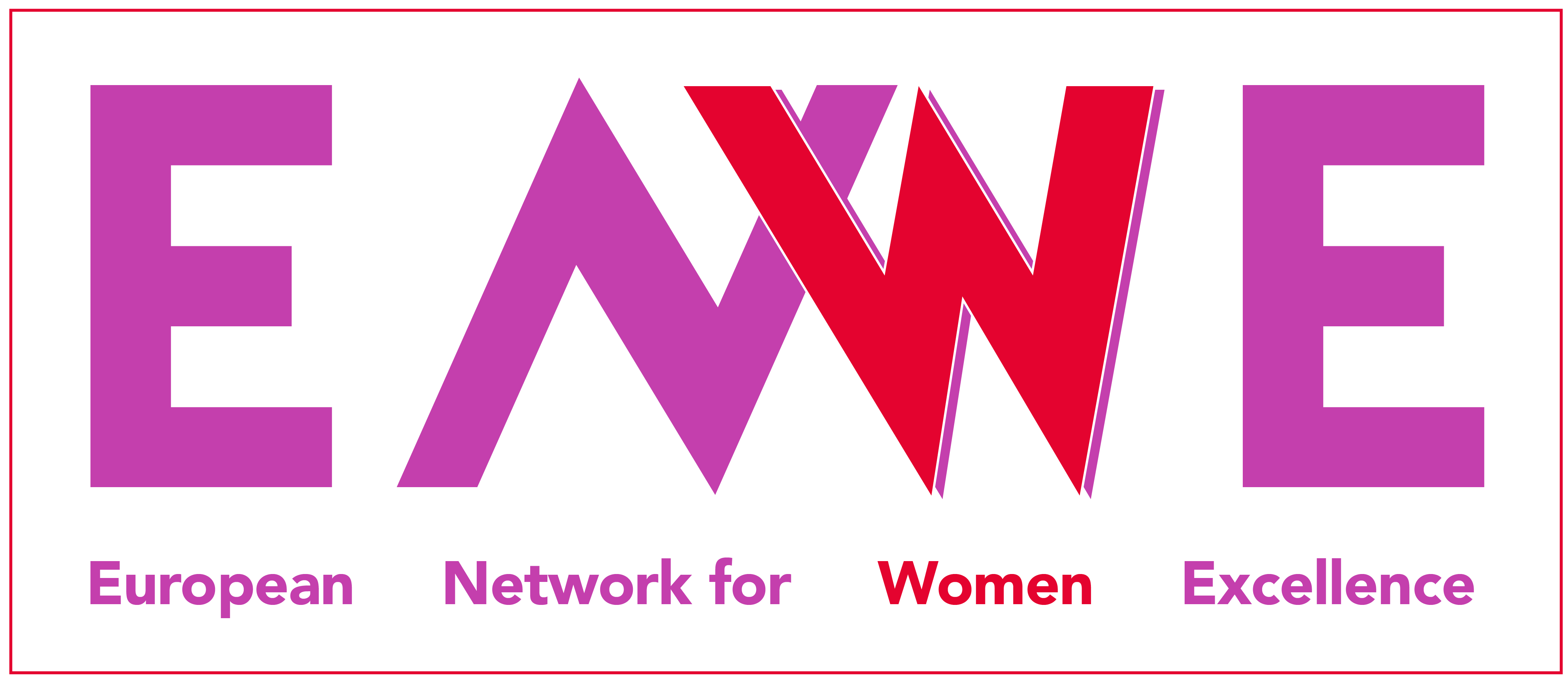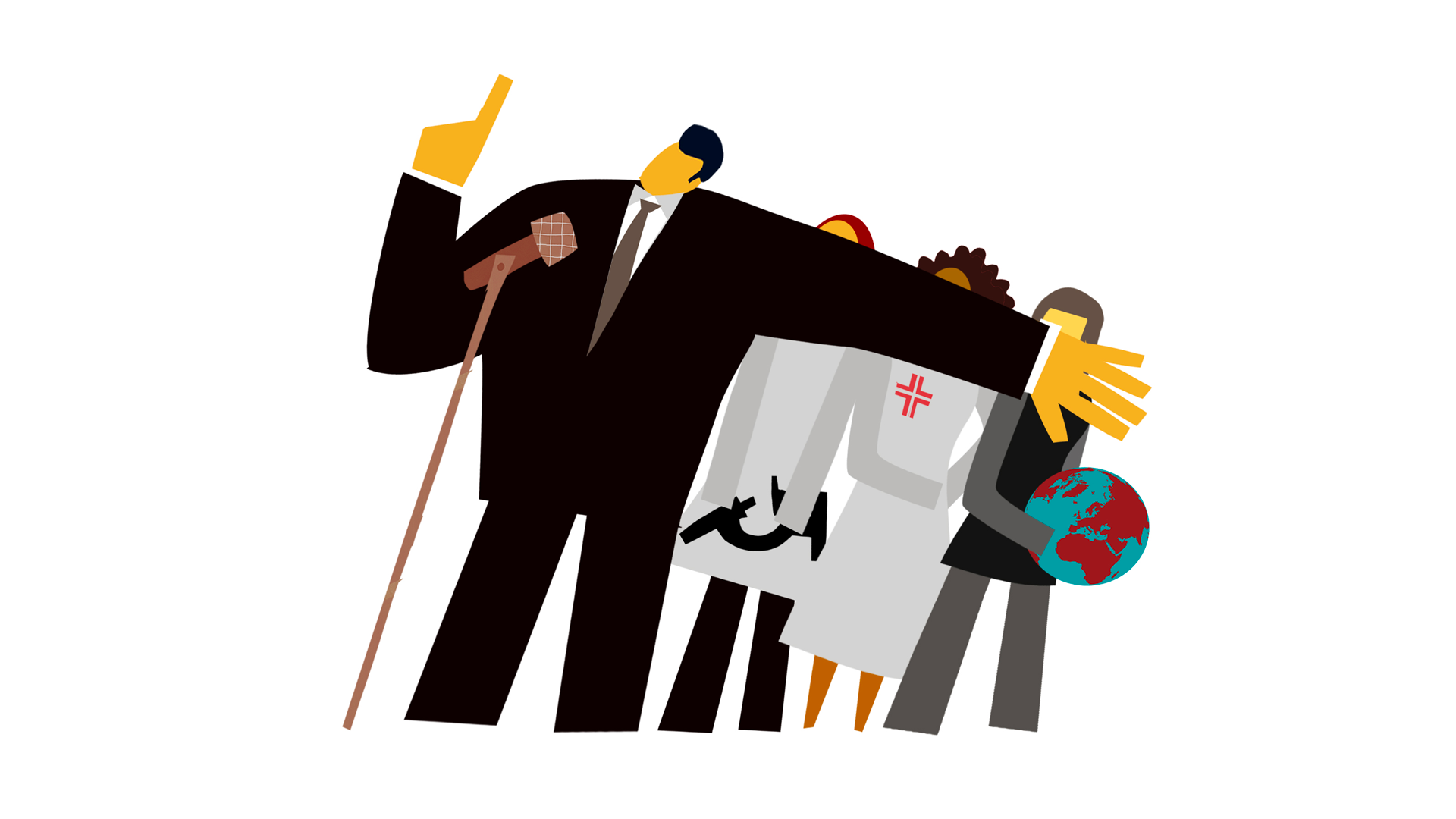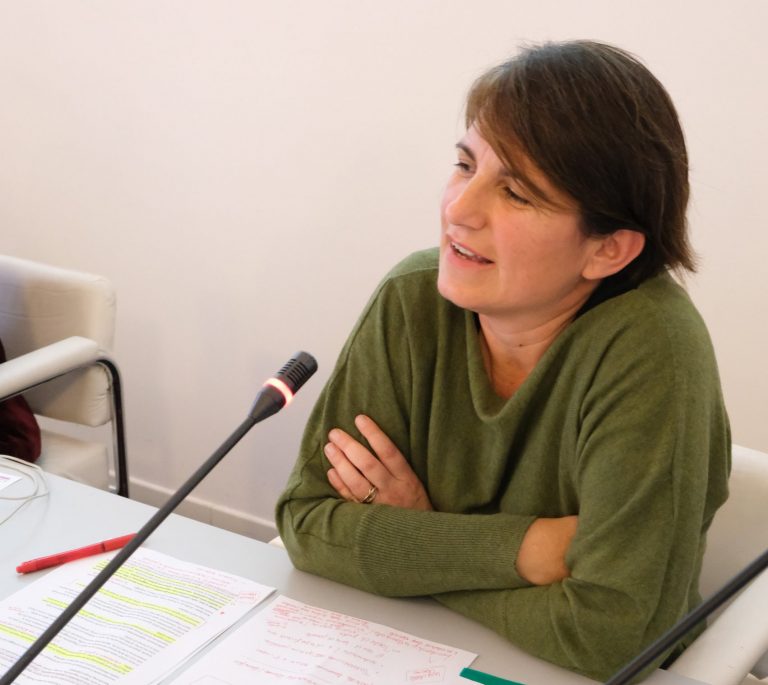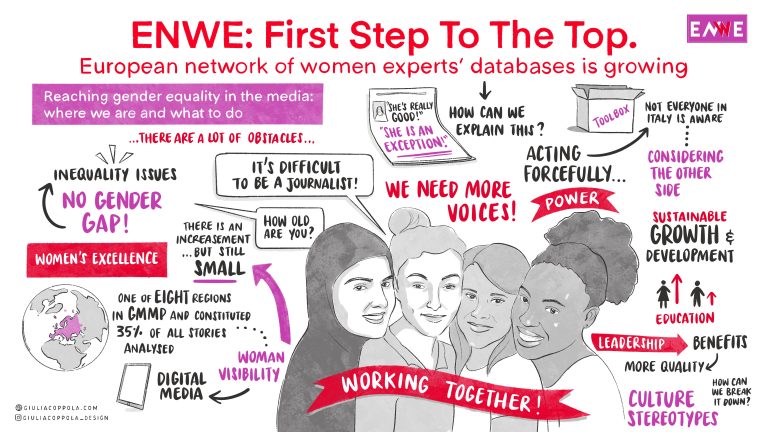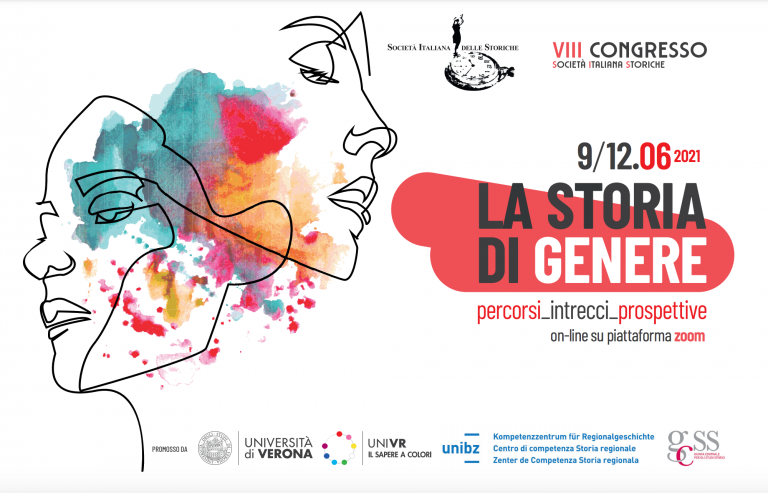Health and Gender
by Luisella Seveso, illustration by Giulia Orecchia
“Delivered by women, led by men.” This is the title of the 2019 research on the respect of gender equity and equality in the health and social workforce carried out by the World Health Organization. And it says it all. Obviously progress on gender parity in leadership varies by country and sector, but if women represent the 70% of workforce, generally men hold the majority of senior roles in health from global to community level. Global health is predominantly led by men: 69% of global health organizations are headed by men, and 80% of board chairs are men. Only 20% of global health organizations were found to have gender parity on their boards, and 25% had gender parity at senior management level.
WHO has decided to designate 2020 as the international year of the nurse and midwife, to enhance and reaffirm the fundamental role played by women in the health sector in all world countries. Women are, in fact, the majority of healthcare workers, but on a global level, as the data indicate, a significant difference in pay and roles persists. Europe, and Italy in particular, are no exception. And just as the Coronavirus emergency has shown a multitude of doctors, men and women, and nurses, especially women, dedicated to facing an unprecedented crisis with extreme professionalism and spirit of sacrifice, a conversation about this serious reality of discrimination has started.
Who is the category of healthcare workers made of, to begin with? In Italy, the latest available data published by the Ministry of Health for 2017 show that 66.8% of the National Health Service staff consists of women, compared to 33.2% of men. In our country, women represent 56% of registered doctors and almost double the number of men among those under the age of 40. Yet, still today, only a third of chief doctors are women. In Surgery, in particular, there are 5 women chief doctors, five years ago there was only one. There are 300 male chiefs of Surgery. Disparity shows in hiring, too: again, according to data from the Ministry of Health, 125,307 doctors were hired in 2017, of which just over a third were women (45,701). Most doctors were full-time, but of the 956 hired part-time, 873 were women.
As the WHO survey highlights, there is another disparity emerging globally, and it is the difference in pay between male and female employees holding the same post. In the world, the Gender Pay Gap in healthcare is about 26% higher than the other sectors’ average and – an element spotlighted by WHO – this is not linked to other factors such as the level of education, for example.
Italy appears, in this case, more virtuous than other states, having a Gender Pay Gap which settles at 5.5%: nothing compared to 19% in the United Kingdom and 15.8% in France, or the 15% of Spain to the 18% of the United States. In 2016, the average gender pay gap in Europe was on average16.2%. But there is a problem: if you measure the overall gender pay gap, i.e. the difference between the average annual salary received by women and men, the figure changes radically. Because this calculation takes into account the three main disadvantages faced by women: lower hourly wages; fewer hours of paid work; lower employment rate (e.g. due to career breaks to take care of children or family members). The overall gender pay gap in Italy is therefore 43.7%, against 39.3% in the EU.
Let’s go back to the Covid emergency. The increased exposure to infection adds to the critical situation of female healthcare workers, also forced into a predictable tour de force between home (children to look after, family management during lockdown with partners often unwilling to share) and work shifts. There are more than 28 thousand cases of professional origin reported to INAIL [the Italian the National Institute for Insurance against Accidents at Work], between the end of February and April 21 this year. 45.7% concern the category of “healthcare technicians”, which includes nurses and physiotherapists, followed by that of social-health workers (18.9%), doctors (14.2%), social-care workers (6.2%), and unskilled personnel in health and education services (4.6%). 71.1% of those infected at work are women and 28.9% men, with an average age of just over 46 years. Among nurses and other healthcare technicians, in particular, more than three out of four reports relate to female workers. 12.6% of the cases concern foreign workers, among whom, however, the percentage of women is 80%. An astonishing figure considering that women are, on average, less affected than men by the virus, but which finds its explanation in the fact that, numerically, women represent two-thirds of healthcare personnel.
In this non-exemplary picture, there are those who are starting to ask for even more equality in managing the emergency. Among many, a group of 71 international women scientists and researchers have published a letter of protest and claiming their role on the pages of the Italian newspaper Corriere della Sera. “We demand gender balance,” they wrote, as a top priority in the appointment of the technical commissions formed by the Government, recalling that many Italian women scientists are in the top ranks of international biomedical research. “When selecting skills and quality, the choice should be based on merit,” they add. Had this been the adopted criterion, many women would have entered the task forces, certainly benefiting the management of the emergency. After all, it is the same consideration that closes the WHO report:
“Health systems will be stronger when the women who deliver them have an equal say in the design of national health plans, policies and systems”.
